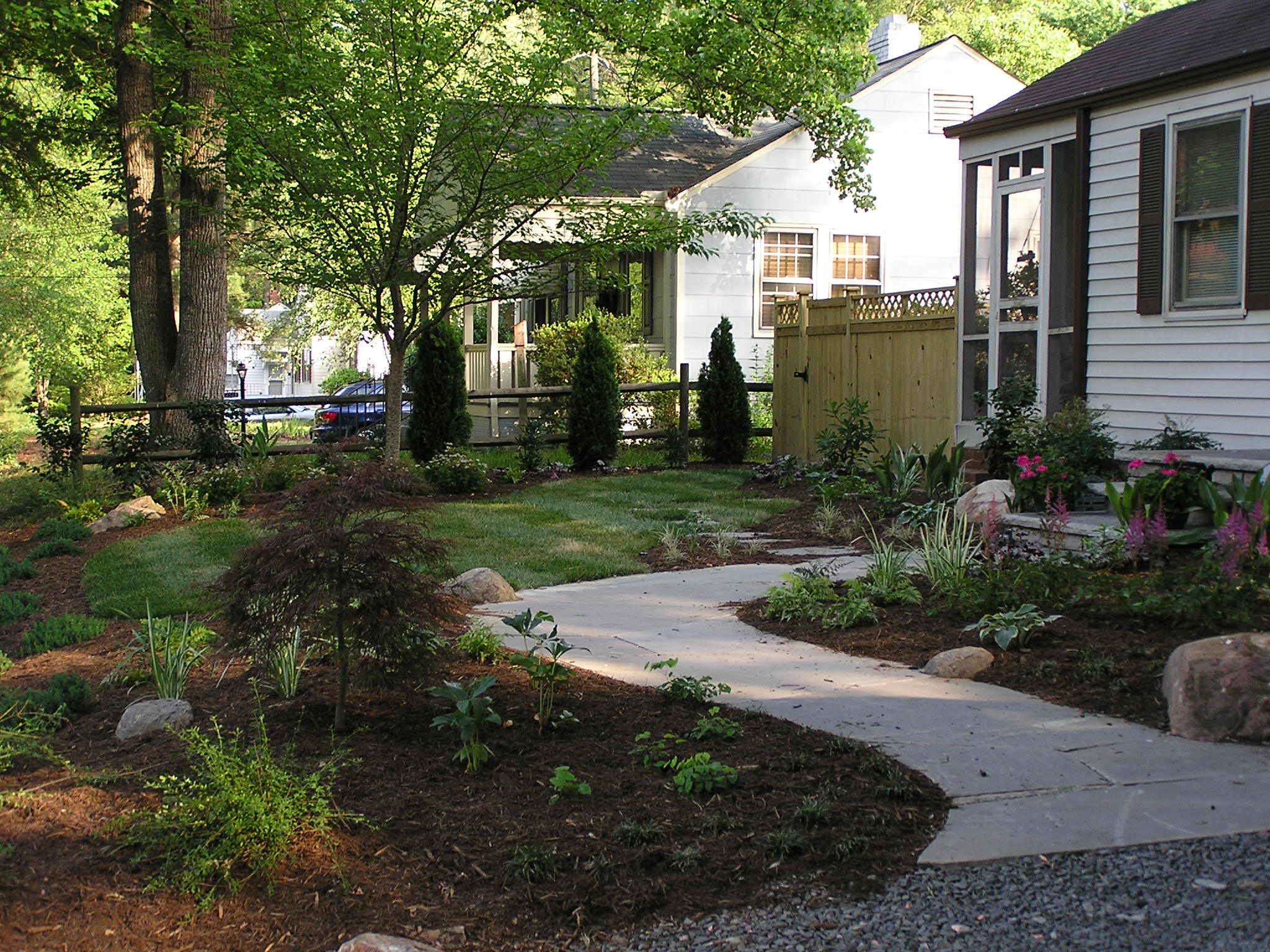Regarding creating a beautiful and useful outdoor space, property owners often find themselves traversing the complex world of garden design. At the heart of this process lies a couple of essential components: hardscape design and softscape design. Hardscape refers to the non-plant elements in your landscape, such as patios, walkways, and stone walls, while softscaping encompasses the flora aspects, such as plants, flowers, and trees. Striking the proper balance between these two elements can transform your yard into a beautiful oasis that reflects your personal style and serving your lifestyle needs.
Understanding the specific benefits of both hardscape design and softscaping is important for enhancing the potential of your outdoor space. Expert landscapers can provide important insights and help avoid frequent mistakes that do-it-yourselfers often face. From increasing property value to boosting aesthetic appeal, the proper approach to landscaping can offer perpetual rewards. As we delve into the skill of balancing hardscaping and softscaping, we will look into useful tips and advice that will enable you to cultivate a yard you can be proud of, while also considering eco-friendly practices that benefit the environment.
The Value of Expert Landscaping

Choosing expert landscaping may significantly enhance the appeal and functionality of your property. A well-designed landscape not just elevates the visual appeal of your home or business but also contributes to your entire quality of life. Professional landscapers have the skills to create stunning designs that include hardscaping elements like patios, paths, and outdoor kitchen s, harmoniously integrating them with softscape features such as flower beds and lawns. This blend is key to creating appealing outdoor spaces that are simultaneously beautiful and practical.
One of the main benefits of hiring a landscaping service is the specialized expertise they offer. Professionals understand the specific needs of your property, including the type of soil, weather patterns, and the most suitable plant selections for your area. They can also spot common landscaping mistakes that homeowners often make, helping you avoid expensive errors that could reduce your landscape's appeal. By harnessing their expertise, you can obtain a cohesive design that enhances your home's appeal.
Additionally, professional landscaping is a smart investment when it comes to increasing real estate worth. Data indicates that properly cared for landscapes can add significant worth to houses and commercial properties. In many cases, a carefully landscaped property can see a return on investment of up to fifteen percent or more. you can find out more renders your property more desirable to interested purchasers but also sets it apart in a competitive market. By making the decision to invest in expert landscaping, you are positioned to reap long-term rewards, not only in enjoyment and financial return.
Essential Lawn Care Techniques
To preserve a vibrant lawn, regular mowing is crucial. Keeping your grass at the ideal height encourages robust growth and enhances the turf. Mowing your lawn when it’s dry allows for smooth cuts and limits stress on the plants. Aim to mow at a taller setting during the warmer months to encourage more extensive root growth and shade the soil, which helps preserve moisture and limit weeds.
Watering is another critical element in lawn care. Established lawns generally require about one inch of water per week, including rainfall, to stay healthy. It is best to water early in the morning or late in the evening to lessen evaporation. Using a sprinkler system with a schedule can ensure your lawn receives regular moisture without overwatering, which can lead to issues like mold and weak root systems.
Nutrient application is essential for providing your lawn with the nutrients it needs to thrive. A nutrient-rich fertilizer applied at the right times of the year can enhance growth and color. Early spring and fall are ideal for applying fertilizer, as the grass actively grows during these periods. Make sure to follow the manufacturer’s guidelines to avoid too much fertilizer, which can damage the environment and your lawn’s health.
Eco-Friendly Landscaping Solutions
Incorporating green landscaping practices is essential for developing eco-friendly outdoor spaces that flourish while reducing ecological footprint. Using native plants is a fundamental strategy, as these species are well adapted to local climates and require less irrigation and upkeep. By opting for native flora, homeowners can diminish their reliance on chemical fertilizers and pesticides, building a healthier ecosystem that supports local wildlife, particularly pollinators.
An additional effective approach is implementing xeriscaping, that focuses on creating a landscape that requires minimal irrigation. By choosing drought-resistant plants and installing efficient irrigation methods, homeowners can save water while preserving a beautiful and vibrant yard. Covering flower beds and plant areas also improves water retention in the soil, reducing the need for regular watering and improving the overall health of the garden area.
Lastly, adding hardscaping elements like porous patios and walkways adds to sustainable landscaping by encouraging proper drainage and reducing runoff. These features not only enhance the visual beauty of the outdoor area but also mitigate erosion and water accumulation issues. By adopting these sustainable landscaping methods, homeowners can achieve a balance between aesthetics and environmental stewardship, resulting in healthier properties and communities.
